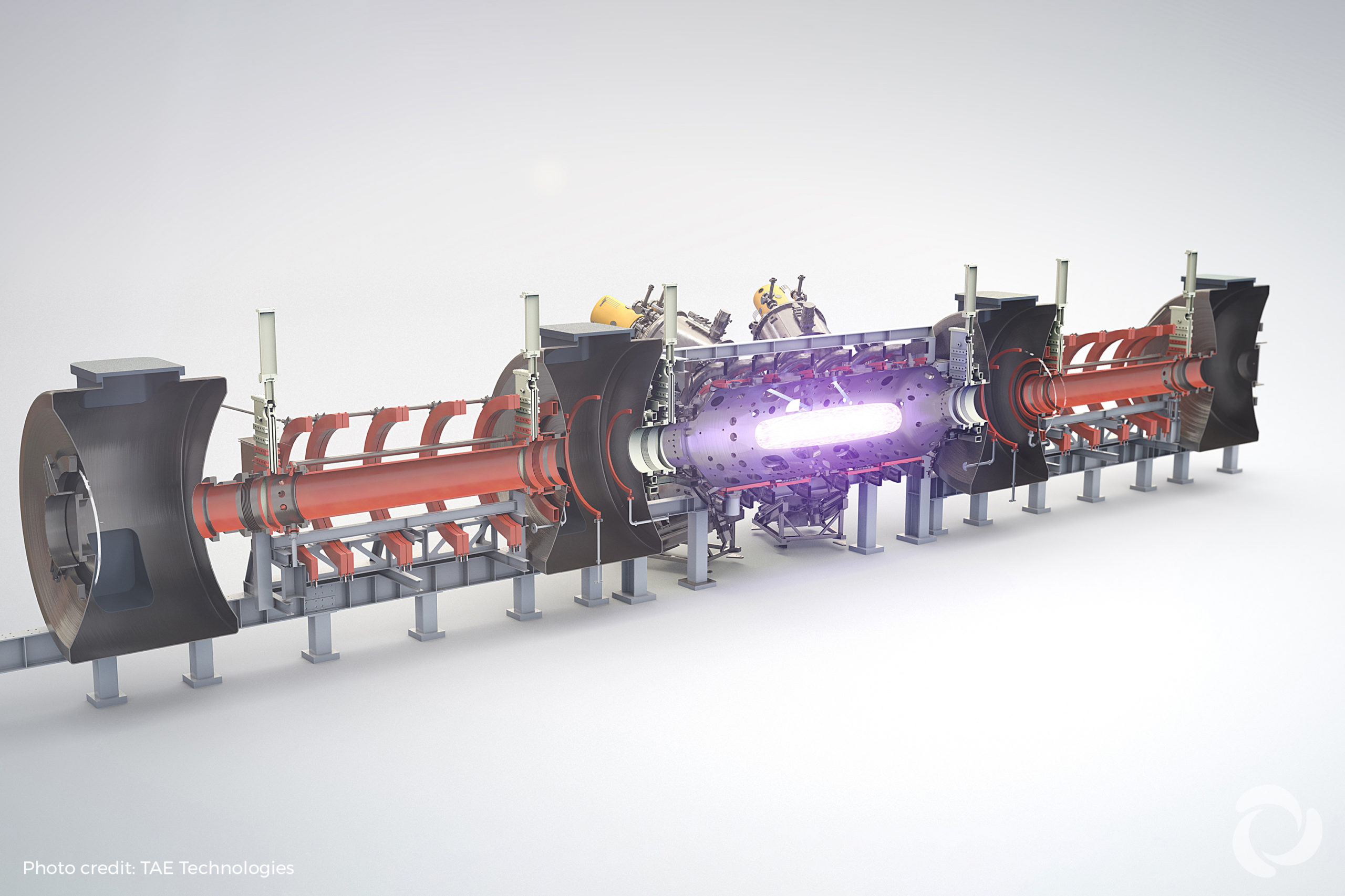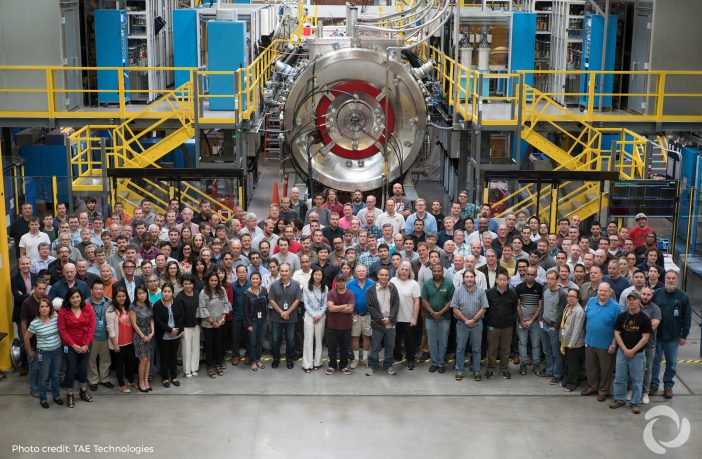- TAE Technologies, the world’s largest private fusion energy company, has announced a landmark fusion technology milestone by producing stable plasma at 50M+ degrees Celsius in a proprietary compact reactor design that can scale to competitive fusion-generated power.
- The ‘Norman’ project milestone furthers confidence in TAE’s path to commercialization, and has aided the company in raising $280M in additional funding.
- When combined with prior rounds, TAE has now raised over $880M from some of the world’s most sophisticated investors which includes Google and Vulcan.
According to their latest press statement, TAE is now on the cusp of delivering a transformational energy source capable of sustaining the planet for centuries. The company was founded in 1998 to commercialize safe, cost-effective fusion power as quickly as possible and with the cleanest environmental profile.
Fusion power is a form of power generation that would generate electricity by using heat from nuclear fusion reactions. In a fusion process, two lighter atomic nuclei combine to form a heavier nucleus, while releasing energy. Devices designed to harness this energy are known as fusion reactors.
TAE’s current platform ‘Norman’ nearly doubled its intended goals over an 18-month testing regime and has now demonstrated consistent performance of reaching 50+ million degrees Celsius, replicated over many hundreds of testing cycles — all in a compact machine that has very attractive economics when scaled up to a full power plant.

Internal rendering of the Norman fusion reactor. Image credit: TAE Technologies
Following the success of Norman, TAE expects to begin construction this year on its Copernicus demonstration system that will be able to exceed 100 million degrees and will generate more power than it takes to sustain, a critical hurdle that has eluded rivals. The sun’s core, by contrast, is 15 million degrees.
“Our unique approach brings fusion within grasp technologically and, more important, economically,” TAE Chief Executive Officer Michl Binderbauer, said in a company statement.
Conventional nuclear power plants are based on fission, which releases energy when atoms break apart. Fusion, the same process seen in stars, unleashes energy when atoms are merged together, but developers have struggled to create a reactor that can actually sustain such a reaction for extended periods of time. TAE expects to complete its demonstration system by 2025.
“TAE is providing the miracles the 21st century needs,” said Addison Fischer, TAE Board Director and longtime investor who has been involved with conservation and environmental issues for decades. Fischer also founded VeriSign and is a pioneer in defining and implementing security technology underlying modern electronic commerce. “TAE’s most recent funding positions the company to undertake their penultimate step in implementing sustainable aneutronic nuclear fusion and power management solutions that will benefit the planet.
Some of the latest funding will also go to rapid commercialization of TAE’s revolutionary Power Management technology, born out of the power delivery systems for its fusion projects. This technology will be used to extend range, efficiency, and faster charging of electric vehicles, as well as for deployment in residential, commercial, industrial, and utility-scale electrical grid applications.
Some of the company’s funders include Vulcan, Venrock, NEA, Wellcome Trust, Google and the Kuwait Investment Authority, as well as the family offices of Addison Fischer, Art Samberg, and Charles Schwab, among others.
Author: Bryan Groenendaal















